You’ve got the car packed up and you’re ready for your trip. Your dog is filled with excitement for the car ride, yet your cat is reluctant and scared. This stark difference in demeanor between pets is extremely common.
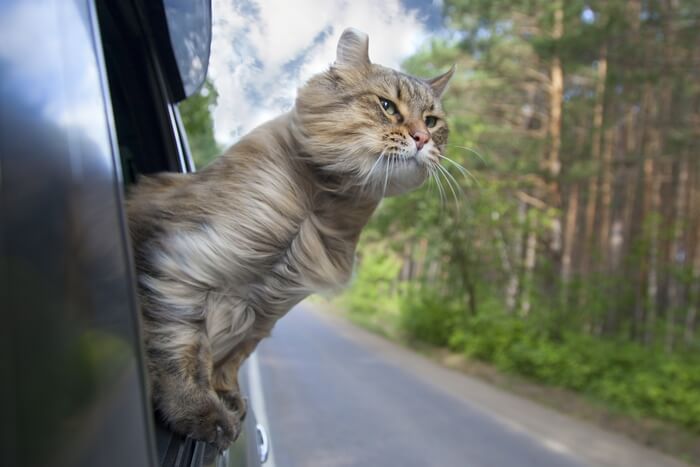
To dogs, car rides are filled with excitement, a journey to a new place where they can run, explore, and play. Yet to cats, a car ride is a treacherous expedition to a place unknown, far away from the comfort of their home.
While it’s essential to have empathy toward your pet’s feelings, the case may also be that travel is non-negotiable in your lifestyle. Whether you travel for work or for pleasure, we’ll share some tips and tricks for traveling with your cat in order to have the smoothest journey possible with your furry companion.
So Why Don’t Cats Like Traveling?
To start out it’s important to understand your cat’s mindset. While our cats unfortunately can’t just tell us directly, there are a few reasons experts suspect our petite felines may not enjoy trips, whether in the car or on a plane.
Previous Trips
Cats have a great memory and excellent pattern recognition. For many cats, the only time they’ve been outside of the house is for dreaded vet or grooming trips.
This fear may be made worse if they’re also in their cat carrier, which is typically only used for these travels as well. Unsurprisingly, the more negative experiences your cat has with traveling, the less they’ll enjoy the trip ahead.
Change in Routine
Cats are generally very strong in their sense of routine. If you’ve ever forgotten to feed your cat at a certain time, your cat will be sure to remind you.
Throwing travel into their day takes away their sense of control and changes up their routine, causing stress. A lack of control can make even humans anxious at times, so it’s easy to empathize with your cat.
Homebodies
Cats are very territorial animals and largely prefer their homes. They know all the best hiding spots there, as well as where their food and favorite toys are.
When traveling to a new place, all of these comforts are nowhere to be found and the cat is unsure if they’ll ever see them again. These fears may be the cause of your cat’s aversion to leaving the house.
Tips and Tricks For Making Your Cat More Comfortable During Travel
It’s important to remember that all cats are individuals just as we humans are. The reasons your cat does not enjoy car rides may not be the reason someone else’s cat doesn’t.
Similarly, what may work for someone else’s cat, may not work for yours. It’s important to take a look at all factors and go from there, as well as try out other things when one method fails.
1. Have Patience
By far one of the most important aspects of getting your cat more familiar with travel is to be patient with them. The fears of your cat are genuine, even though you know they’re going to be fine.
The more gradual you can be with exposing your cat to traveling, the easier it will be for them to make the transition. Forcing your cat into things will only make them hate it more or feel scarier to them. Working with them one day at a time is the best option for both you and your cat, and will be more beneficial in the long run.
2. Get Them Used to Their Carrier Beforehand
If possible, helping your cat be more comfortable with their carrier before your trip is one of the biggest things you can do to aid the traveling process. If the only time your cat goes in the crate is for vet and grooming appointments, your cat most likely associates being put in the crate as a negative experience bound to happen.
This may lead to a cat who may not even mind the car being stressed, as it’s their crate leading to their anxiety. So how can you get them used to their crate? One useful tip is to leave your carrier out in the house with the door open, so that your cat may go in and out as they please without feeling forced to.
You can persuade your cat to go in by leaving a comfortable blanket inside as well as some of their favorite treats. After a while, you can begin to train them to feel more comfortable inside the crate when it’s closed. You may do this by closing the door for only a few seconds at a time in the beginning and gradually increasing over time.
3. Travel in the Car Beforehand
While this may seem like a counterintuitive tip, one of the best things you can do is to get your cat used to being in the car in advance, especially if the trip you’ll be taking will involve multiple hours.
It’s worth noting that for safety purposes, your cat should always be in its crate in case of accidents, quick breaking, and so on. To begin training them to feel safe in the car, you may start by simply sitting in the backseat with your cat without even moving the car.
Once your cat is comfortable with this trial, you can begin to drive the car around the neighborhood and gradually increase their amount of time in the car. Eventually, this will help your cat get used to the experience slowly, making their aversion toward it melt away.
3. Renovate Their Carrier
Many people bring along pillows and blankets for car rides as they want to be as comfy as possible on their trip and be prepared for naps. Your cat’s no different and if you leave their carrier feeling like a cold and plastic prison, their stress will heighten. Especially if your trip will be a few hours, make your cat’s carrier more cozy by adding blankets and their favorite toys.
Depending on the size of your carrier, you may want to include a scratching pad for them as well. Additionally, placing a blanket on top of the carrier may make your cat feel safer. Cats love to hide and this may make them feel as if they have found the best hiding place in the car.
The blanket may also muffle noises slightly and block out the unfamiliar sights of the cars and clouds passing by. Lastly, it may also block out light so that your cat will be more inclined to relax and sleep.
4. Potty Breaks
When it comes to dogs, we can simply take them out on their leash when it comes time to go to the bathroom. Cats on the other hand are used to their litter box, so how do we go about that on the road? Fortunately, there are small travel litter boxes available but if you don’t want to spend money on them, DIY options are also available. Many cat owners will simply buy a small plastic container that has a cover.
This will allow you to close the container to avoid a smelly car, as well as provide easy transportation of the soiled litter. Secondly, it’s essential to use the same litter they’ve already been using at home, don’t switch it up on them. Establishing a sense of familiarity is going to be a huge component in making your cat feel comfortable in the car. Lastly, bringing along pet wipes or paper towels in case of accidents is another necessity, as motion sickness of your cat could occur and you’ll want easy clean up.
5. Talk to Your Veterinarian
When all else fails, it may be necessary to give your veterinarian a call before your big trip. Some cats may simply have an extreme phobia of car rides, just as some people do. If it is still necessary to take your cat on your travels, your vet may be able to provide medication to help keep them calm. You can also talk to your vet about their recommendations on the various products available on the market meant to help calm cats down.
Products such as hemp or CBD oil for cats are meant to ease their anxiety, but may not be the right fit for every cat. There are also travel sprays and collars available that are meant to mimic a cat’s natural pheromones, which in turn helps them relax on the journey. Lastly, Thundershirts are a product that essentially swaddles your cat as you would with an infant, in order to help reduce their stress.
After reading this article, we hope you’ve found some different ways to make your next trip with your cat flow smoothly. Remember, with some planning in advance, some patience, and a little dedication, you can make your cat’s travels an enjoyable experience. Not only will your cat be happy, so will you.
You may also like
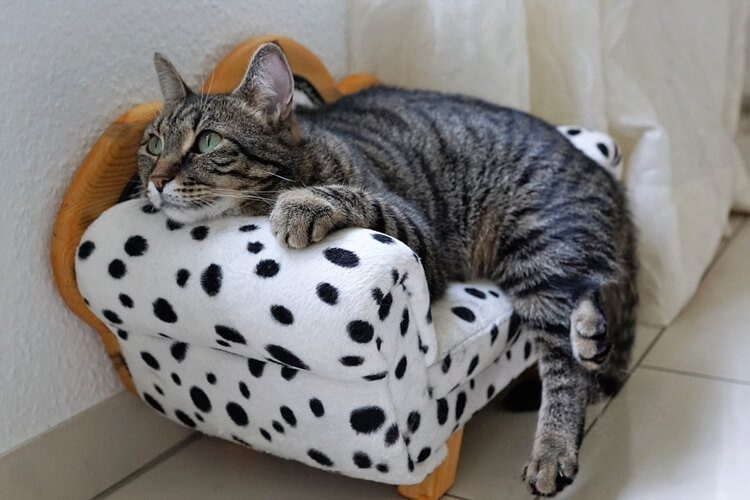
How to Create the Perfect Indoor Environment for Your Cat
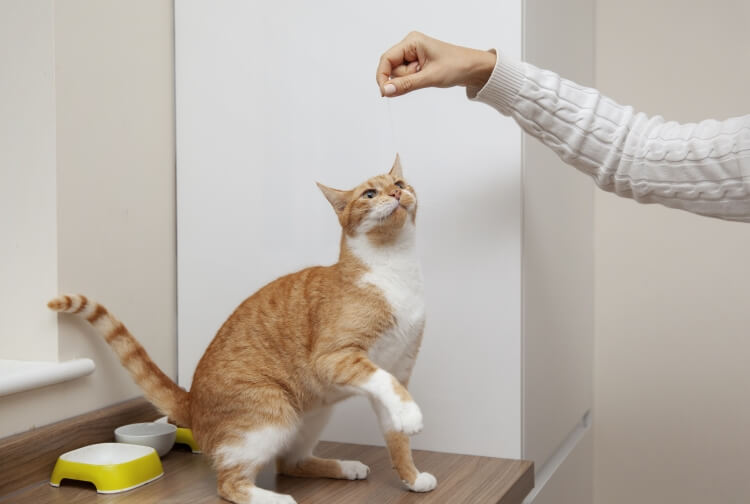
Guide to Cat Training: Tips and Tricks for a Well-Behaved Feline
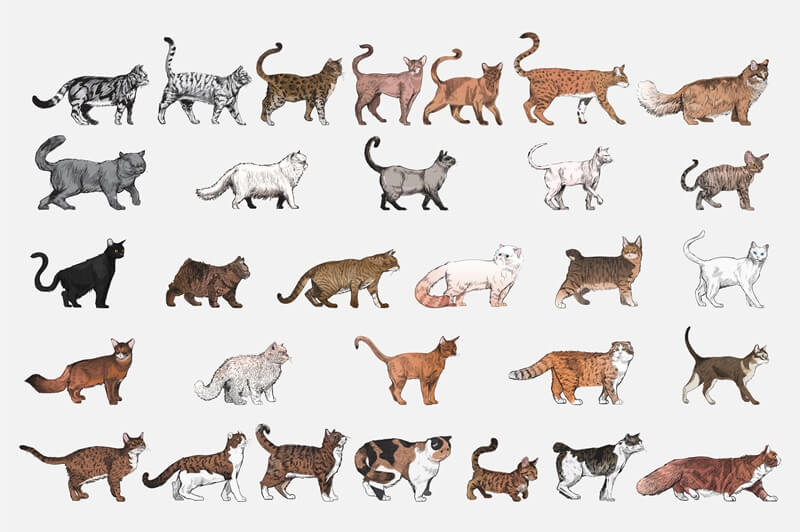
A Complete Guide to Cat Breeds: Find Your Perfect Furry Friend
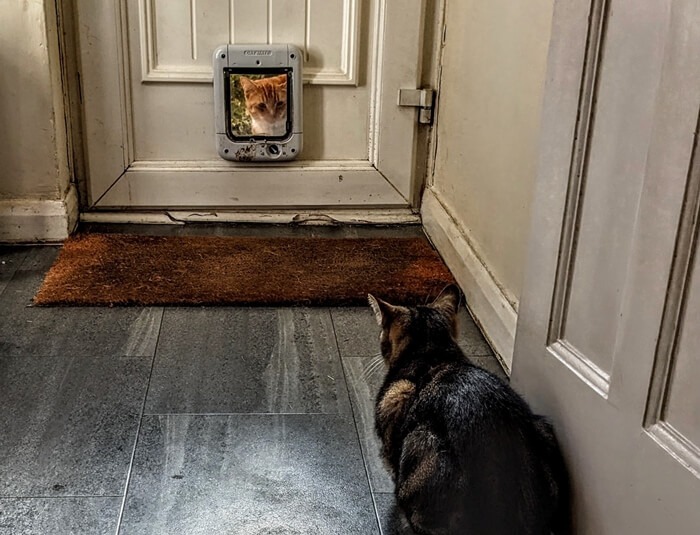
Training Your Cat to Use a Pet Door
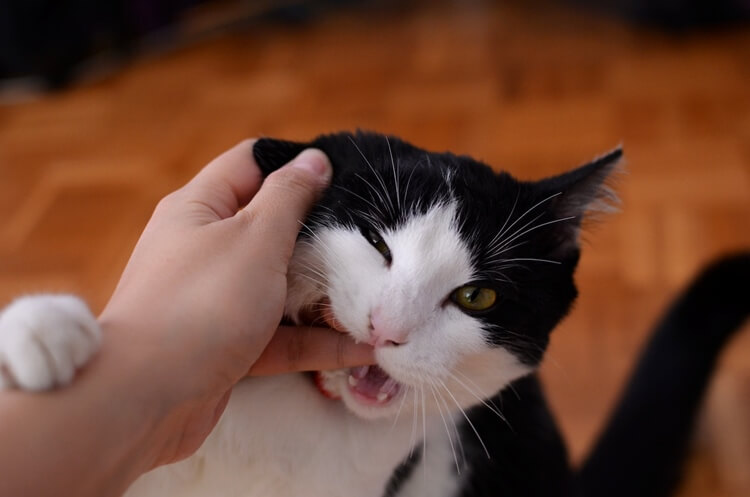
My Cat Keeps Biting Me: Causes and Solutions




